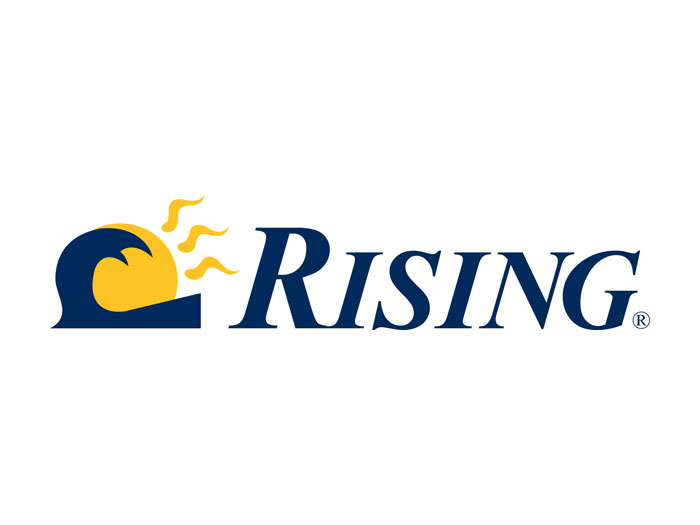Half of Litigated Workers’ Comp Claims are Cumulative Trauma: Study

A recent study by the California Workers’ Compensation Institute (CWCI) reveals that almost half of all litigated worker injury claims in the Los Angeles Basin are cumulative trauma (CT) claims, which involve injuries that arise over time from repetitive stress, motion, or exposures, rather than from a specific event or accident.
The study, which examined 1.4 million California work injury claims from 2010 to 2022, found that statewide, CT claims increased to 37.5% from 29.4% of all litigated claims over the 13-year study period. The sharpest increase was in the Inland Empire/Orange County, where CT claims jumped to 40.6% of the litigated claims in 2022 from 30.2% in 2010.
The study also revealed that tenure and industry sector had a significant impact on CT rates. Employees with less than a year of tenure had a much lower CT rate (26.0%) than more tenured workers, with CT rates climbing as high as 49.0% among workers with more than 10 years on the job.
CT claims were most prevalent in the manufacturing sector, accounting for nearly half (48.8%) of the litigated claims. The food service sector had the second highest CT rate, with 46.9% of the claims in this sector involving CT injuries, while the agriculture sector had the lowest CT rate (24.2%).
The CWCI study further found that workers under the age of 30 had a somewhat lower CT rate (28.3%) than workers over 30, whose CT rates ranged from 35.1% to 38.8%. CT rates were considerably higher for workers at the lower end of the wage scale, with CT rates of 40.0% for workers making less than $300 per week and 42.1% for those earning $300 to $599 per week.
The CWCI’s analysis provides critical insights into the increasing prevalence of CT claims in the California workers’ compensation system.
To read the complete study, visit the CWCI website. &










